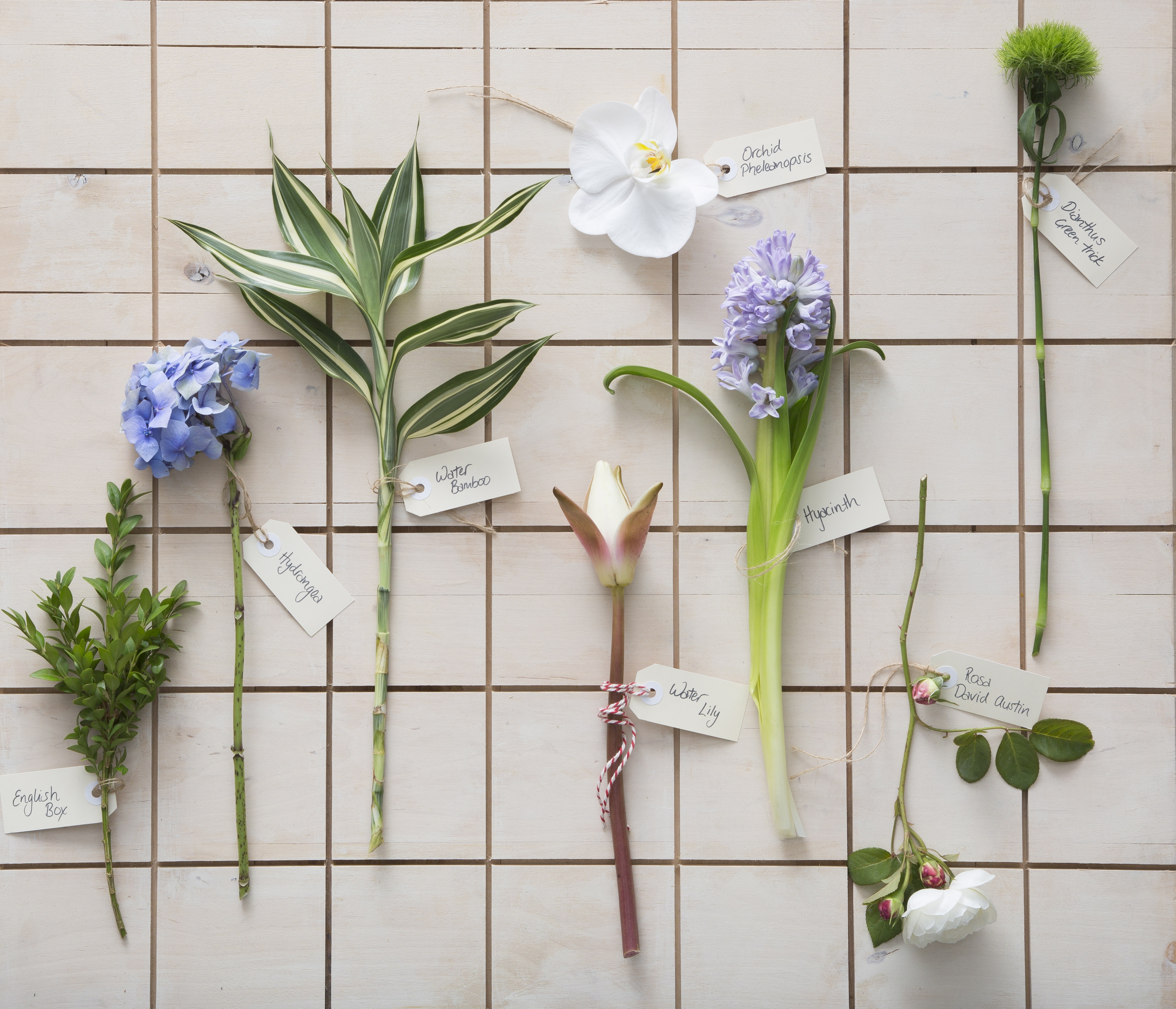Blog
To preserve or not to preserve

At Bloom College flower school we’re all about helping people have fun whilst learning about the art and craft of flower arranging. Design and technique, though, are of little use if the beautiful flowers you’re arranging wilt and die before your very eyes.
Professional florists often sell or give customers a little sachet of ‘flower food’ or ‘preservative’ and instruct them to use it to help prolong the life of cut flowers. So what’s in flower food or preservative? Essentially, flower preservative contains some carbohydrate (usually household sugar – sucrose), lemon juice or other source of acidity, and bleach.
The sugars provide food/energy for the plant to continue to metabolise after it’s cut from its root source, the acid helps uptake of water and nutrients by lowering the water’s pH and the bleach helps prevent bacteria growing on the flower stems and in the container.
Recipes for making your own flower preservative abound in cyberspace. They usually recommend ratios approximating one teaspoon lemon juice or vinegar, two teaspoons sugar, one teaspoon household bleach in a litre of warm water. Some recipes get around the problem of mixing sugars and acids by just using soft drinks, water and bleach!
Do these mixtures help prolong vase life? Lots of researchers say they do. Lots of florists agree and the manufacturers of the sachets we can buy certainly think the sachets of pre-made preservative mix prolong your flowers’ lives. Both researchers and florists note that some flowers are adversely affected by the ingredients of floral preservative mixes.
Many florists and home decorators, though, argue that squeaky clean vases and containers, cleanly cut stems with all leaves below the waterline removed and regularly replenished clean water are all you need for a long lasting display, especially when few people know which flowers are the super-sensitive ones.
Another set of home experiments awaits us.